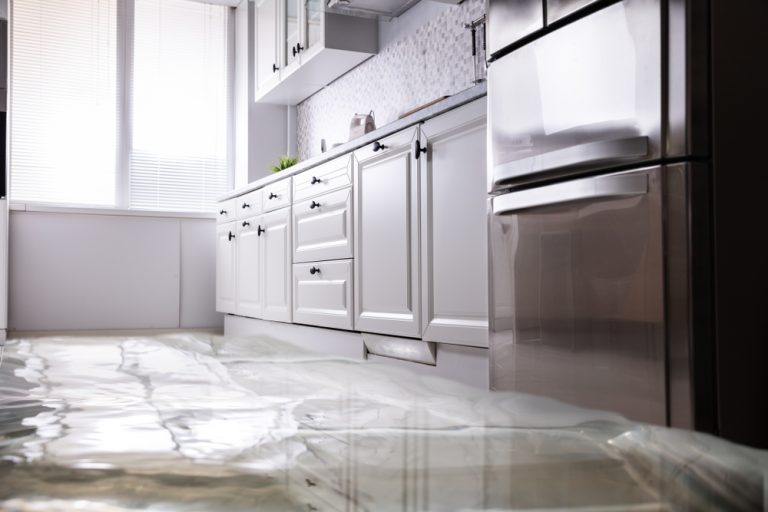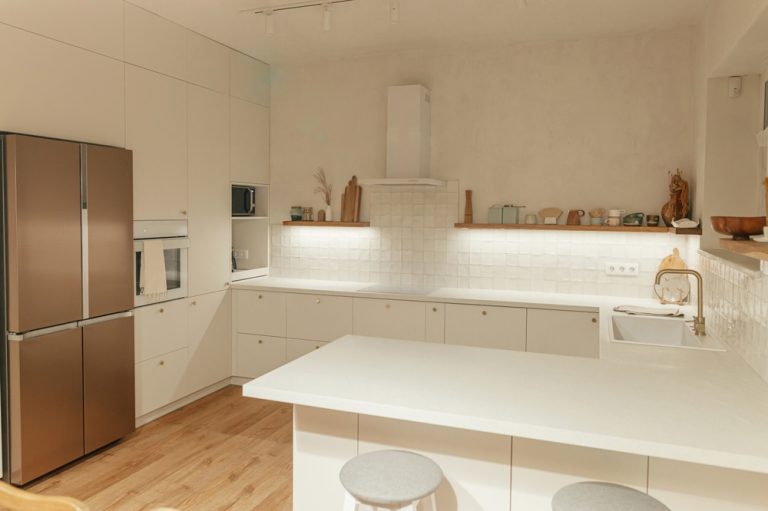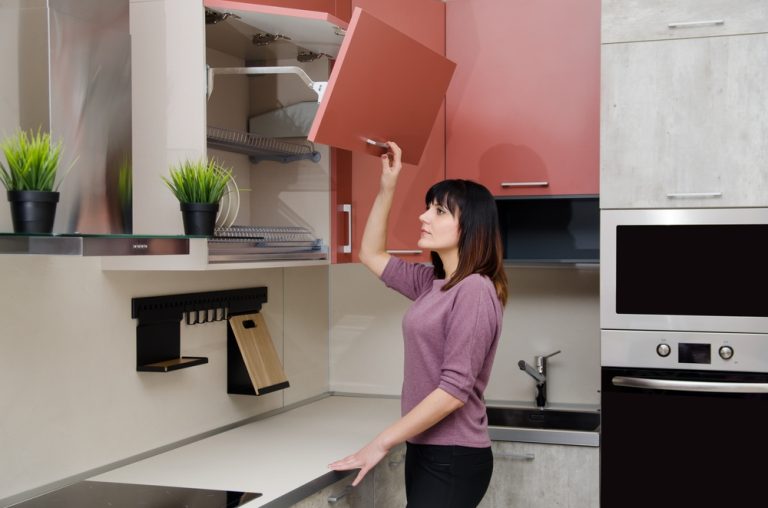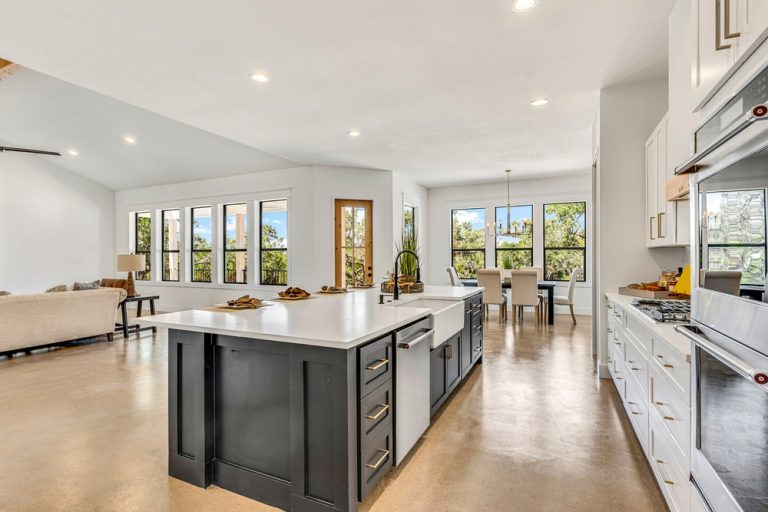What is a Stack in a Kitchen Cabinet? Concept and Benefits of Stacked Kitchen Cabinets
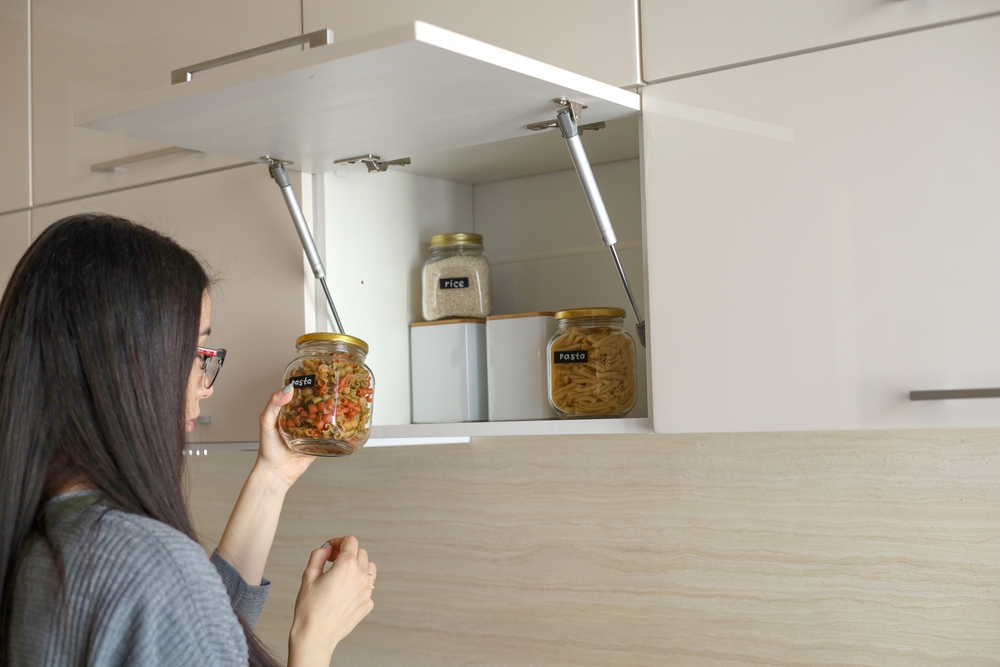
When planning or organizing your kitchen, you may come across the term “stack” in the context of kitchen cabinets. But what is a stack in a kitchen cabinet? Understanding this concept is essential for optimizing your kitchen’s storage and functionality.
In this blog, we’ll explore what a stack in a kitchen cabinet means, how it’s used in kitchen design, and why it’s an important consideration when planning your cabinetry layout.
Understanding the Concept of a Stack
Before diving into the specifics, let’s clarify what a stack in a kitchen cabinet actually refers to.
Defining a Stack
- Cabinet Configuration: A stack in a kitchen cabinet typically refers to a vertical grouping of drawers, shelves, or compartments within a single cabinet unit. This configuration is designed to maximize storage space and improve organization by stacking multiple storage options within the same cabinet framework.
- Vertical Storage: The term “stack” emphasizes the vertical nature of the storage, where different storage components are “stacked” on top of each other. This design is especially useful in kitchens with limited space, as it allows for efficient use of vertical storage areas.
Types of Stacks in Kitchen Cabinets
There are several types of stacks that you might encounter in kitchen cabinetry, each serving a different purpose based on the needs of your kitchen.
Common Types of Stacks
- Drawer Stacks: A drawer stack is one of the most common types of stacks in kitchen cabinets. It consists of multiple drawers arranged vertically within a single cabinet unit. Drawer stacks are ideal for organizing utensils, cooking tools, dish towels, and small kitchen gadgets. They can range from shallow drawers for silverware to deeper drawers for pots, pans, and larger items.
- Shelf Stacks: Shelf stacks refer to cabinets with multiple adjustable or fixed shelves stacked vertically. These stacks are great for storing dishes, glassware, pantry items, or small appliances. The shelves can often be adjusted to different heights to accommodate items of various sizes.
- Pull-Out Stacks: Pull-out stacks involve vertically stacked pull-out shelves or baskets that slide out for easy access. These are commonly used in pantry cabinets or base cabinets to store items like spices, canned goods, or baking sheets. Pull-out stacks help maximize space and keep items organized and easily accessible.
- Vertical Tray Dividers: This type of stack is specifically designed for storing baking sheets, cutting boards, and other flat items. Vertical tray dividers are often installed within a base cabinet, with slots stacked vertically to hold each tray or board upright and separate. in kitchens with limited space, as it allows for efficient use of vertical storage areas.
Benefits of Using a Stack in Kitchen Cabinets
Incorporating stacks into your kitchen cabinet design offers several benefits that can enhance both the functionality and organization of your kitchen.
Maximizing Space
- Efficient Use of Vertical Space: Stacks allow you to make the most of the vertical space in your kitchen cabinets. Instead of having large, empty cabinet interiors, stacking shelves, drawers, or pull-outs lets you utilize every inch of available space.
- Customizable Storage: Stacks can be customized to fit your specific storage needs. Whether you need extra drawers for utensils or more shelves for dishes, stacking allows you to create a storage solution that works best for you.
Improving Organization
- Designated Spaces: Stacking different storage components within a cabinet gives each type of item its own designated space. This helps keep your kitchen organized and makes it easier to find what you need when you need it.
- Easy Access: Stacked pull-outs or drawers make it easier to access items stored in the back of the cabinet. Instead of reaching blindly into a deep cabinet, you can simply pull out the drawer or shelf to see all of your items at once.
Enhancing Aesthetics
- Streamlined Appearance: A well-designed stack can give your kitchen cabinets a streamlined and cohesive appearance. By integrating drawers, shelves, and pull-outs into a single cabinet, you create a uniform look that’s both functional and visually appealing.
- Custom Design: Stacks can be tailored to match the overall design of your kitchen. Whether you prefer a modern, minimalist look or a more traditional style, your cabinet stacks can be customized to fit your aesthetic.
Planning Stacks in Your Kitchen Cabinet Design
If you’re planning a kitchen remodel or organizing your existing kitchen, understanding how to incorporate stacks into your cabinet design is key to optimizing your space.
Steps to Plan Your Stacks
- Assess Your Storage Needs: Start by evaluating what you need to store in your kitchen cabinets. Do you need more space for pots and pans, or are you struggling to organize your pantry items? Identifying your storage needs will help you determine which types of stacks will be most beneficial.
- Choose the Right Cabinet Sizes: Once you know what you need to store, select cabinet sizes that can accommodate the appropriate stacks. For example, if you need a drawer stack, choose a base cabinet that can fit the number of drawers you require.
- Customize Your Stacks: Consider customizing your stacks to fit your specific items. For example, if you’re a baker, you might want to include vertical tray dividers for your baking sheets and cutting boards. If you have a lot of small kitchen gadgets, a stack of shallow drawers might be more useful.
- Plan for Accessibility: Think about how often you use the items in each stack and plan their placement accordingly. For example, place frequently used items in stacks that are easy to reach, such as lower drawers or pull-out shelves, and reserve higher or less accessible stacks for items you use less often.
- Consult with a Professional: If you’re unsure how to best incorporate stacks into your kitchen cabinet design, consider consulting with a kitchen designer or cabinetry professional. They can help you create a layout that maximizes storage while complementing your kitchen’s overall design.
Customizing and Installing Stacks
Once you’ve planned your stacks, the next step is to customize and install them in your kitchen cabinets.
Customizing Your Stacks
- Select Materials and Finishes: Choose materials and finishes that match the rest of your kitchen cabinetry. For example, if your cabinets are made of solid wood, you may want to select wood shelves or drawers for your stacks.
- Consider Additional Features: Think about adding features like soft-close drawers, pull-out trays with smooth glides, or adjustable shelves. These features can enhance the functionality of your stacks and make your kitchen more user-friendly.
Installing Stacks
- Hire a Professional: While some homeowners may feel comfortable installing cabinet stacks themselves, hiring a professional can ensure a precise and secure installation. Professional installers have the experience and tools needed to properly fit and align drawers, shelves, and pull-outs within your cabinets.
- DIY Installation: If you choose to install the stacks yourself, be sure to follow the manufacturer’s instructions carefully. Measure your cabinets and stacks accurately, and use the appropriate hardware to secure each component in place.
Conclusion
So, what is a stack in a kitchen cabinet? In essence, it’s a vertical grouping of storage elements like drawers, shelves, or pull-outs within a single cabinet unit. This configuration maximizes space, improves organization, and enhances the overall functionality of your kitchen. By understanding how to effectively use stacks in your kitchen cabinets, you can create a more efficient and aesthetically pleasing kitchen that meets your storage needs.
Whether you’re planning a new kitchen or reorganizing your existing one, incorporating stacks into your cabinetry design is a smart way to optimize space and streamline your kitchen’s layout. With careful planning and thoughtful customization, you can make the most of every inch of your kitchen cabinets.

